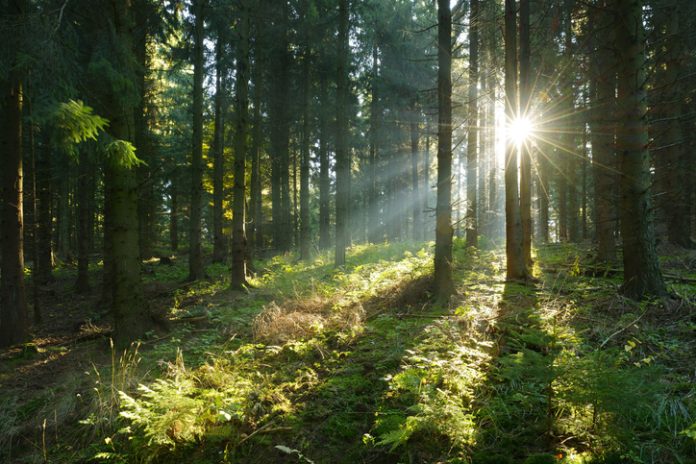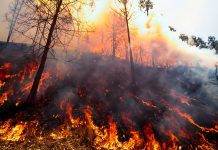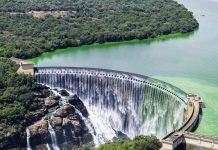By soaking up carbon dioxide from the atmosphere and storing it within their ecosystems, forests have always been considered to hold potential in the fight against climate change
However, a recent study published in Earth’s Future shows the potential of Western US forests to continue serving as effective carbon sinks in changing environmental conditions.
Led by Jazlynn Hall, a team of researchers from the Cary Institute of Ecosystem Studies examined carbon storage trends across the American West from 2005 to 2019. Their findings revealed that rather than strengthening carbon storage, climate change and wildfires are causing many forests to lose more carbon than they store.
Carbon storage
Hall expressed concern over the reliance on forests as a climate solution, noting, “Many climate mitigation pathways rely in part on additional forest carbon storage to keep warming below 1.5 degrees C this century.”
The study used data from the US Forest Service to assess carbon storage in different ecoregions, spanning from the arid Southwest to the temperate Pacific Northwest. It used methodologies, including machine learning, to pinpoint factors driving changes in carbon levels. The results showed that while dead carbon from fallen trees increased, live carbon stored in trees declined significantly across most regions.
Park Williams, a co-author and hydroclimatologist at UCLA, highlighted climate and fire as primary drivers of these shifts. “Our study develops new methods to carefully estimate forest-carbon storage at a regional level, track it over time, and diagnose the causes of changes over time,” he explained, showing the complex interplay of natural and human-induced factors.
The study’s findings suggest that decades of fire suppression have artificially inflated carbon storage levels in some areas, making them more vulnerable to intense wildfires exacerbated by climate change.
Winslow Hansen, a forest ecologist at Cary Institute, cautioned, “Dry forests in the Western US may be acutely vulnerable to carbon loss without strong and immediate investment in proactive forest management [such as thinning and prescribed burning].”
Future forest management
Despite these challenges, the research offers a glimmer of hope. Ecoregions in the Pacific Northwest bucked the declining trend, demonstrating that targeted conservation efforts can produce positive outcomes.
Hall pointed to ongoing efforts in the region to preserve old-growth forests and expand protected areas as promising examples.
Looking ahead, Hansen emphasised the importance of adaptive forest management strategies tailored to local conditions. His Western Fire and Forest Resilience Collaborative aims to monitor carbon dynamics and model future scenarios to inform sustainable practices.
As the study shows the need for proactive conservation measures, it also calls for reevaluating climate mitigation strategies reliant on Western US forests. With climate impacts intensifying, the resilience of these ecosystems may hold the key to their continued role as carbon sinks in a rapidly changing world.
The research was supported by several organisations, including the Gordon and Betty Moore Foundation and the USDA Forest Service, underscoring collaborative efforts to address pressing environmental challenges.











